Home>Garden Essentials>How Do I Keep The Weeds Out Of My Ground Cover
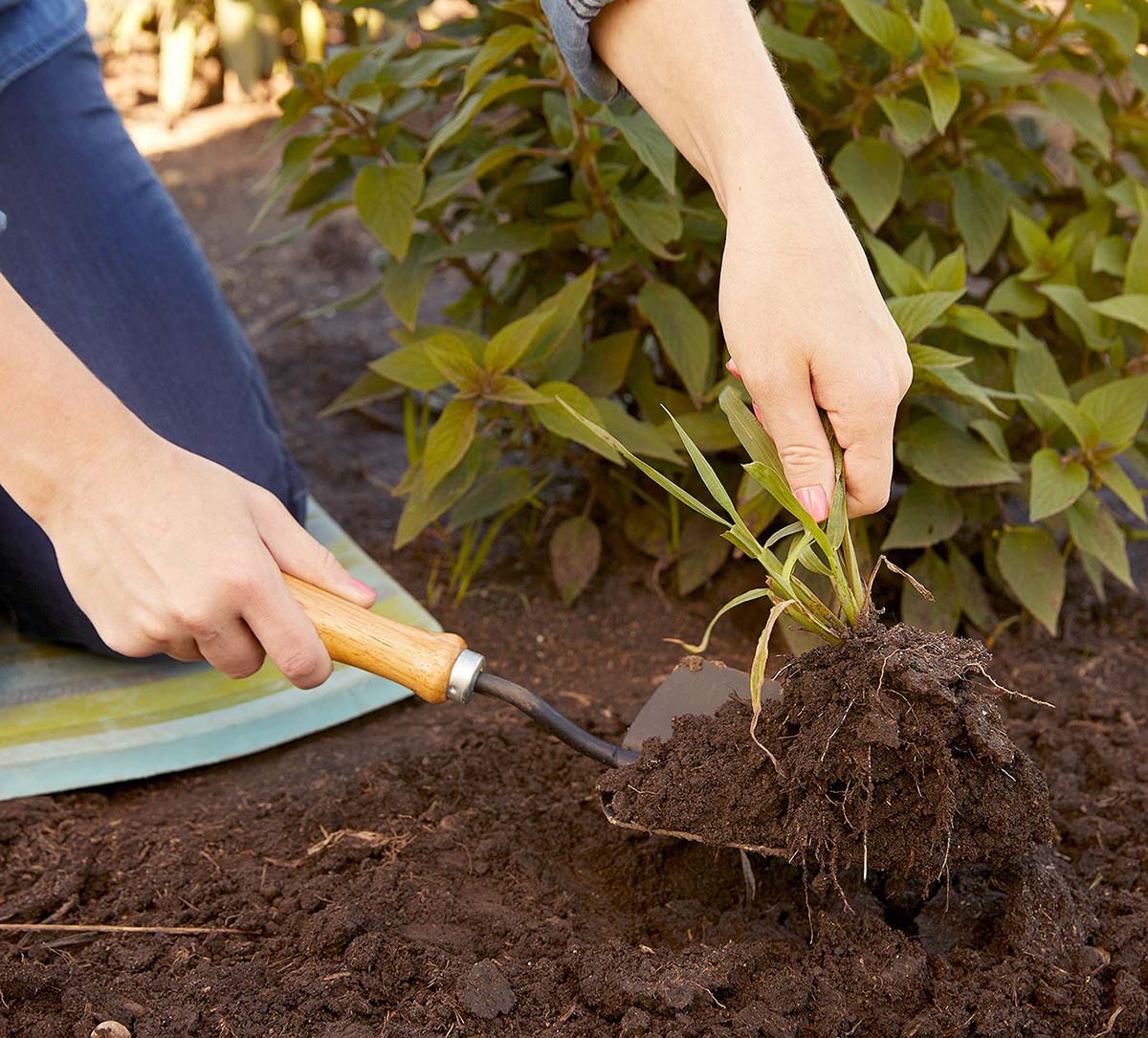

Garden Essentials
How Do I Keep The Weeds Out Of My Ground Cover
Modified: March 20, 2024
Learn effective techniques to keep the weeds out of your garden ground cover, ensuring a flawless and beautiful landscape. Embrace a weed-free garden today!
(Many of the links in this article redirect to a specific reviewed product. Your purchase of these products through affiliate links helps to generate commission for Storables.com, at no extra cost. Learn more)
Introduction
When it comes to maintaining a beautiful garden, one of the biggest challenges many gardeners face is keeping weeds at bay. Weeds not only detract from the overall appearance of your garden, but they also compete with your ground cover, stealing nutrients and water, and potentially suffocating your plants.
So, how can you effectively keep weeds out of your ground cover? In this article, we will explore various methods and techniques that will help you maintain a weed-free garden while allowing your ground cover to thrive.
Before we delve into the strategies to keep weeds at bay, it’s important to understand why ground cover is an excellent addition to any garden. Ground cover not only adds visual interest and texture, but it also helps to suppress weed growth, prevent erosion, and conserve moisture in the soil.
Ground cover plants, such as creeping thyme, vinca minor, and periwinkle, spread and form a dense mat that crowds out weeds, making it harder for them to take root and grow. However, this doesn’t mean that ground cover plants are completely resistant to weeds. Proper maintenance and weed control techniques are necessary to ensure their optimal growth and prolonged lifespan.
In the following sections, we will discuss the key steps you can take to keep weeds out of your ground cover, from choosing the right ground cover and preparing the soil to implementing regular maintenance routines and exploring natural weed control methods.
By following these guidelines, you can create a weed-free environment for your ground cover, ensuring that it thrives and enhances the beauty of your garden for years to come.
Key Takeaways:
- Choose the right ground cover for your garden based on sunlight, soil type, and maintenance needs to suppress weeds and enhance your garden’s beauty.
- Use natural weed control methods like mulching, hand pulling, and smothering to maintain a healthy ground cover and minimize the use of chemicals.
Read more: How Do I Choose Ground Cover
Choosing the Right Ground Cover
When it comes to choosing the right ground cover for your garden, there are a few factors to consider. First and foremost, you want to select a ground cover that suits the conditions of your garden, such as the amount of sunlight, soil type, and moisture levels. Additionally, you should consider the purpose and aesthetic you want to achieve.
For areas with full sun exposure, options like creeping thyme, stonecrop, and sedum are excellent choices. These plants are known for their ability to tolerate direct sunlight and thrive in dry conditions. On the other hand, if you have a shaded area, ground covers like hostas, ferns, and creeping myrtle are ideal. These plants tolerate shade and can add a lush, green carpet to your garden.
Another consideration is the height and spread of the ground cover. Some ground covers, like creeping phlox, have a low-growing habit and spread rapidly, providing dense coverage. Others, like ornamental grasses, may have a taller height but still offer excellent weed-suppressing properties. Choose a ground cover that aligns with your desired coverage and growth habit.
In addition to considering the environmental conditions and desired height, it’s essential to factor in the maintenance requirements of the ground cover. Some ground covers may require regular pruning or dividing to keep them in check, while others may be more low-maintenance. Determine how much time and effort you are willing to invest in maintaining your ground cover and choose accordingly.
Lastly, consider the overall aesthetic and design of your garden. Look for ground cover varieties that complement the surrounding plants, textures, and colors. For a cohesive and visually pleasing garden, select ground covers that harmonize with the existing landscape.
By carefully considering these factors, you can choose the right ground cover that not only suits the conditions of your garden but also enhances its beauty. The right ground cover will not only provide weed suppression but also add texture, color, and visual interest to your outdoor space.
Preparing the Soil
Properly preparing the soil is essential for the success of your ground cover and for preventing weed growth. Before installing the ground cover, it’s important to prepare the soil to create an optimal environment for your plants to thrive.
The first step in preparing the soil is to remove any existing weeds or vegetation in the area. Use a garden fork or a shovel to loosen the soil and carefully pull out any weeds, including their roots. Be thorough in this process to ensure that any weed seeds or rhizomes are removed, minimizing the chances of future weed growth.
Once the weeds are removed, it’s time to improve the soil’s fertility and structure. Add organic matter such as compost, well-rotted manure, or leaf mold to enrich the soil and provide essential nutrients for the ground cover plants. Spread a layer of organic matter over the soil and use a garden fork or a tiller to incorporate it into the top few inches of soil.
Incorporating organic matter not only provides the necessary nutrients but also helps improve the soil’s water-holding capacity and drainage. Proper drainage is crucial for preventing waterlogging, which can lead to root rot and other issues. Well-drained soil promotes healthy root growth and overall plant vigor.
Before moving forward, take the time to level and smooth the soil surface. Remove any rocks, debris, or large clumps that may impede the growth of your ground cover. Rake the soil to create a smooth and even surface, ready for the installation of your ground cover.
In some cases, depending on the type of ground cover and the existing soil conditions, it may be helpful to perform a soil test. A soil test will provide valuable information about the pH level, nutrient content, and structure of your soil. Based on the results, you can make any necessary amendments or adjustments to ensure optimal growing conditions for your chosen ground cover.
By taking the time to prepare the soil properly, you create a strong foundation for your ground cover plants. Healthy and well-nourished plants are less susceptible to weed competition and have a higher chance of thriving in your garden.
Installing Ground Cover
Once you have prepared the soil, it’s time to install the ground cover in your garden. Proper installation ensures that the ground cover establishes well and provides effective weed control. Here’s a step-by-step guide to help you install your ground cover correctly:
- Start by planning out the layout and spacing of your ground cover plants. Consider the recommended spacing provided by the plant nursery or gardening resources to ensure adequate coverage and growth.
- Dig individual holes for each plant, making them slightly larger than the root ball or container. Ensure that the depth of the hole is equivalent to the depth of the root ball, so the plant sits at the correct height. Space the holes according to your planned layout, leaving enough room for the spread of the ground cover plants.
- Gently remove the ground cover plants from their containers, taking care not to damage the roots. If the roots are tightly bound, you can gently loosen them to encourage easier root growth.
- Place each plant into its respective hole, ensuring that the top of the root ball is level with the soil surface. Backfill the hole with soil, pressing it firmly around the roots to eliminate any air pockets.
- Water the newly planted ground cover thoroughly to help settle the soil and provide essential moisture for the plants. Be sure to water the entire area evenly, giving each plant an adequate amount of water.
- Add a layer of mulch around the base of the plants, leaving a small gap around the plant stem to prevent moisture accumulation and potential root rot. Mulch helps suppress weed growth by creating a barrier and also helps retain moisture in the soil.
- Monitor the newly installed ground cover plants closely for the first few weeks. Keep the soil consistently moist, but avoid overwatering, as this can lead to root rot. Follow any specific care instructions provided by the plant nursery or gardening resources.
Properly installing the ground cover ensures that the plants establish quickly and effectively. By adhering to these steps, you create an optimal environment for your ground cover to thrive and provide effective weed control.
Mulching to Prevent Weeds
Mulching is a highly effective method to prevent weed growth and promote the health of your ground cover plants. Mulch acts as a protective layer over the soil, creating a barrier that inhibits weed germination and growth. Here’s how you can effectively use mulch to prevent weeds in your garden:
- Choose the right type of mulch: There are various types of mulch available, such as wood chips, straw, shredded bark, and cocoa bean hulls. Choose a mulch that is suitable for your ground cover and matches the overall aesthetic of your garden.
- Apply mulch to a weed-free area: Before mulching, ensure that the area is clear of any existing weeds or vegetation. This will prevent weed seeds from being covered and potentially germinating under the mulch.
- Apply a layer of mulch: Spread a layer of mulch evenly around your ground cover plants, making sure to cover the soil surface. The recommended depth for mulch is usually around 2-3 inches, but check the specific requirements of your chosen ground cover plants.
- Avoid piling mulch against plant stems: Create a small gap around the base of the ground cover plants to prevent moisture buildup and potential rot. It’s important to keep the mulch away from direct contact with the stems or trunks of the plants.
- Replenish mulch as needed: Over time, mulch can break down and decompose, losing its effectiveness. Regularly inspect the mulch layer and replenish it as needed to maintain the desired depth and weed-suppressing properties.
- Monitor for any weed breakthrough: While mulch is highly effective in preventing weed growth, some determined weeds may still find their way through. Regularly inspect your garden for any weed breakthroughs and promptly remove them to prevent them from taking hold.
By mulching your ground cover plants, you create a weed-free environment and provide numerous benefits. Mulch helps conserve soil moisture, regulate soil temperature, prevent erosion, and enhance the overall aesthetics of your garden. It is a valuable tool in promoting the health and longevity of your ground cover while minimizing weed competition.
To keep weeds out of ground cover, apply a layer of mulch to smother existing weeds and prevent new ones from growing. Make sure to use a thick layer of mulch, about 2-3 inches, and replenish it as needed to maintain weed control.
Read more: How To Keep Weeds Out Of Garden
Regular Maintenance and Inspections
Maintaining and inspecting your ground cover regularly is crucial for the health of your plants and for keeping weeds under control. Through consistent care and attention, you can identify potential issues early on and take appropriate action. Here are some essential maintenance tasks and inspections to incorporate into your gardening routine:
- Pruning and Trimming: Depending on the type of ground cover you have, regular pruning and trimming may be necessary to promote healthy growth and prevent overcrowding. Trim back any overgrown branches or stems that may be shading out other plants or providing a haven for weeds.
- Regular Watering: Ground cover plants generally have shallow root systems, making them more susceptible to drought stress. Monitor soil moisture levels and provide consistent watering, especially during dry periods. Avoid overwatering, as this can lead to root rot and other issues.
- Fertilizing: Regularly feeding your ground cover plants with a balanced fertilizer can enhance their growth and vigor. Follow the recommended application rates and timings specific to your ground cover species.
- Weeding: Despite your best efforts, some weeds may still find their way into your garden. Regularly inspect the area for any weed growth and promptly remove them by hand. Be diligent in removing weeds before they have a chance to disperse seeds.
- Inspect for Pests and Diseases: Monitor your ground cover plants for any signs of pests or diseases. Common issues can include aphids, snails, powdery mildew, and fungal infections. If you notice any problems, take appropriate measures to address them, such as using organic pest control methods or seeking guidance from a local garden center.
- Address bare spots: Over time, there may be areas where the ground cover has thinned out or died off. Address these bare spots by replanting or propagating from healthy areas of your ground cover. This will help prevent weed invasion and maintain uniform coverage.
- Regular Inspections: Set aside time each week to walk through your garden and inspect your ground cover. Look for any signs of stress or decline, such as yellowing leaves or wilting. Address any issues promptly to prevent further damage.
By incorporating regular maintenance and inspections into your gardening routine, you can ensure the health and vitality of your ground cover plants while keeping weeds in check. Consistent care and attention will result in a flourishing garden that is free from weed competition and provides a beautiful landscape for your enjoyment.
Hand Pulling Weeds
Hand pulling weeds is one of the most straightforward and effective methods of weed control, especially when dealing with small areas or isolated weed infestations within your ground cover. It allows you to specifically target and remove weeds without causing harm to your ground cover plants. Here are some tips for successful hand pulling:
- Identify the weeds: Familiarize yourself with common types of weeds that may appear in your garden. This will help you distinguish between desirable ground cover plants and unwanted weeds.
- Choose the right time: It’s best to hand pull weeds when the soil is moist, such as after rain or watering. The moist soil makes it easier to pull out the entire weed, including the root system.
- Grasp the weed near the base: Firmly grip the weed near its base, as close to the soil surface as possible. This will ensure that you remove the entire plant, including the roots.
- Pull with a twisting motion: With a firm grip, gently and steadily pull the weed upwards, using a twisting motion if necessary. This helps loosen the weed from the soil and minimize the chances of breaking the stem.
- Remove the entire root system: To prevent regrowth, it’s essential to remove the entire root system of the weed. If the root breaks off, use a small hand trowel or a weeding tool to dig out the remaining portion.
- Dispose of the weeds properly: Place the pulled weeds in a bag or a compost pile. Make sure not to leave them on the ground as they may reroot or disperse seeds, leading to further weed problems.
- Regularly inspect and repeat as needed: Regularly inspect your ground cover for any new weed growth. Promptly hand pull any newly emerged weeds before they have a chance to spread and establish.
Hand pulling weeds is a time-consuming task, but it can be a satisfying and effective method of weed control, particularly for small-scale infestations. By regularly monitoring your ground cover and diligently removing weeds by hand, you can maintain a weed-free environment and allow your ground cover plants to thrive.
Using Herbicides with Caution
When it comes to weed control, herbicides can be a useful tool in managing weed growth in your ground cover. However, it’s important to approach their use with caution and follow proper guidelines to minimize any potential harm to your plants and the environment. Here are some considerations to keep in mind when using herbicides:
- Identify the target weeds: Before using an herbicide, correctly identify the specific weed species you want to target. Different herbicides are designed to target specific types of weeds, so using the right one ensures maximum effectiveness.
- Read and follow instructions: Always follow the instructions and safety guidelines provided by the herbicide manufacturer. Pay attention to application rates, timing, and any precautions to protect yourself, your ground cover plants, and the surrounding environment.
- Protect desirable plants: Take precautions to protect your ground cover and other nearby desirable plants. Cover them with a plastic sheet or use a shield while applying the herbicide to prevent direct contact.
- Choose selective herbicides when possible: Selective herbicides are formulated to target specific types of weeds while sparing desirable plants, such as turfgrass or established ground cover. This minimizes the risk of damage to your ground cover and allows it to continue growing unhindered.
- Apply at the right time: Apply herbicides when the target weeds are actively growing and vulnerable. This typically occurs during their early growth stages. Applying herbicides at the wrong time may reduce their effectiveness.
- Consider spot treatments: Instead of applying herbicides over the entire area, consider spot treatments for isolated weed infestations. This helps minimize the use of chemicals and reduces the risk of affecting your ground cover plants unnecessarily.
- Handle and store herbicides safely: Always handle herbicides with care and store them in a secure and designated area, out of reach of children and pets. Follow proper disposal guidelines for any unused herbicides or containers.
- Monitor and reapply as necessary: After applying herbicides, monitor the effectiveness and reapply as needed. Some weeds may require multiple treatments for effective control.
Remember that herbicides should be used as a last resort and should be part of an integrated weed management plan. It’s important to explore other more sustainable and environmentally friendly methods of weed control before turning to herbicides.
When used judiciously and with care, herbicides can be an effective tool in managing weeds in your ground cover. However, always prioritize the health of your plants and the environment by using herbicides responsibly and as a part of a comprehensive weed control strategy.
Natural Weed Control Methods
For those who prefer to take a more natural and eco-friendly approach to weed control in their ground cover, there are several effective methods to consider. These natural alternatives can help keep weeds at bay while minimizing the use of chemicals. Here are some natural weed control methods to explore:
- Mulching: Applying a layer of organic mulch, such as wood chips, straw, or shredded leaves, can effectively suppress weed growth by blocking sunlight and smothering emerging weeds. Mulch also helps retain soil moisture and improve the overall health of your ground cover plants.
- Hand weeding: As mentioned earlier, hand pulling weeds is a simple yet effective method to control weeds naturally. Regularly inspect your ground cover and promptly remove any weeds by hand, ensuring to remove the entire root system to prevent regrowth.
- Smothering: Utilize the process of smothering to suppress weed growth. Cover bare soil areas with landscape fabric or thick layers of newspaper, cardboard, or biodegradable weed barrier. This blocks sunlight and prevents weed seeds from germinating.
- Vinegar or boiling water: Household vinegar with a high concentration of acetic acid can be sprayed directly on weeds to kill them. Boiling water can also be poured over weeds to effectively eliminate them. Be cautious of overspray, as these methods can also harm desirable plants.
- Corn gluten meal: Corn gluten meal is a natural pre-emergent herbicide derived from corn. It works by inhibiting weed seed germination. Sprinkle corn gluten meal over the soil around your ground cover, following the recommended application rates.
- Plant spacing and ground cover density: Proper plant spacing and promoting dense ground cover growth can naturally shade out and suppress weed growth. Ensure that your ground cover plants are spaced adequately and properly fill in any bare spots over time.
- Soil solarization: This method involves covering the soil with clear plastic to trap heat from the sun and raise the temperature, effectively killing weed seeds and pre-existing weeds. This should be done during hot summer months for several weeks.
- Introduce beneficial insects: Encourage the presence of beneficial insects, such as ladybugs and lacewings, which feed on aphids and other pest insects that can indirectly contribute to weed growth. Creating a diverse and welcoming habitat can help attract these beneficial insects.
By incorporating natural weed control methods into your gardening routine, you can effectively manage weed growth in your ground cover while being mindful of the environment. Keep in mind that consistency and a combination of different methods may be necessary for optimal weed control.
Remember, it’s essential to take a proactive approach to weed prevention by maintaining a healthy and robust ground cover, conducting regular inspections, and promptly addressing weed issues before they become more problematic. By embracing natural weed control methods, you can promote a resilient and thriving garden ecosystem.
Conclusion
Maintaining a weed-free ground cover requires a combination of thoughtful planning, proper installation, and regular maintenance. By choosing the right ground cover that suits your garden’s conditions and aesthetic, preparing the soil adequately, and installing the plants correctly, you create a strong foundation for weed control.
Implementing mulching as a preventive measure, practicing regular maintenance and inspections, and using natural weed control methods like hand pulling and smothering can go a long way in keeping weeds at bay. These methods not only help suppress weed growth but also contribute to the overall health and beauty of your ground cover plants.
While herbicides can be an option for weed control, it’s important to use them cautiously and sparingly, ensuring to read and follow all instructions. When possible, prioritize natural weed control methods as they are more eco-friendly and minimize the use of chemicals.
Remember that weed control is an ongoing process and requires consistency and diligence. Regularly monitor your ground cover, promptly address weed issues, and maintain a healthy growing environment to prevent weed encroachment and promote the success of your plants.
By taking the necessary steps to keep weeds out of your ground cover, you not only create a visually appealing garden but also provide a healthy environment for your plants to thrive. A flourishing ground cover not only enhances the beauty of your outdoor space but also helps conserve moisture, prevent erosion, and minimize the need for excessive weed control measures.
Embrace these strategies and methods to maintain a weed-free ground cover, and enjoy the rewards of a lush, vibrant garden that will be the envy of all who visit.
Frequently Asked Questions about How Do I Keep The Weeds Out Of My Ground Cover
Was this page helpful?
At Storables.com, we guarantee accurate and reliable information. Our content, validated by Expert Board Contributors, is crafted following stringent Editorial Policies. We're committed to providing you with well-researched, expert-backed insights for all your informational needs.
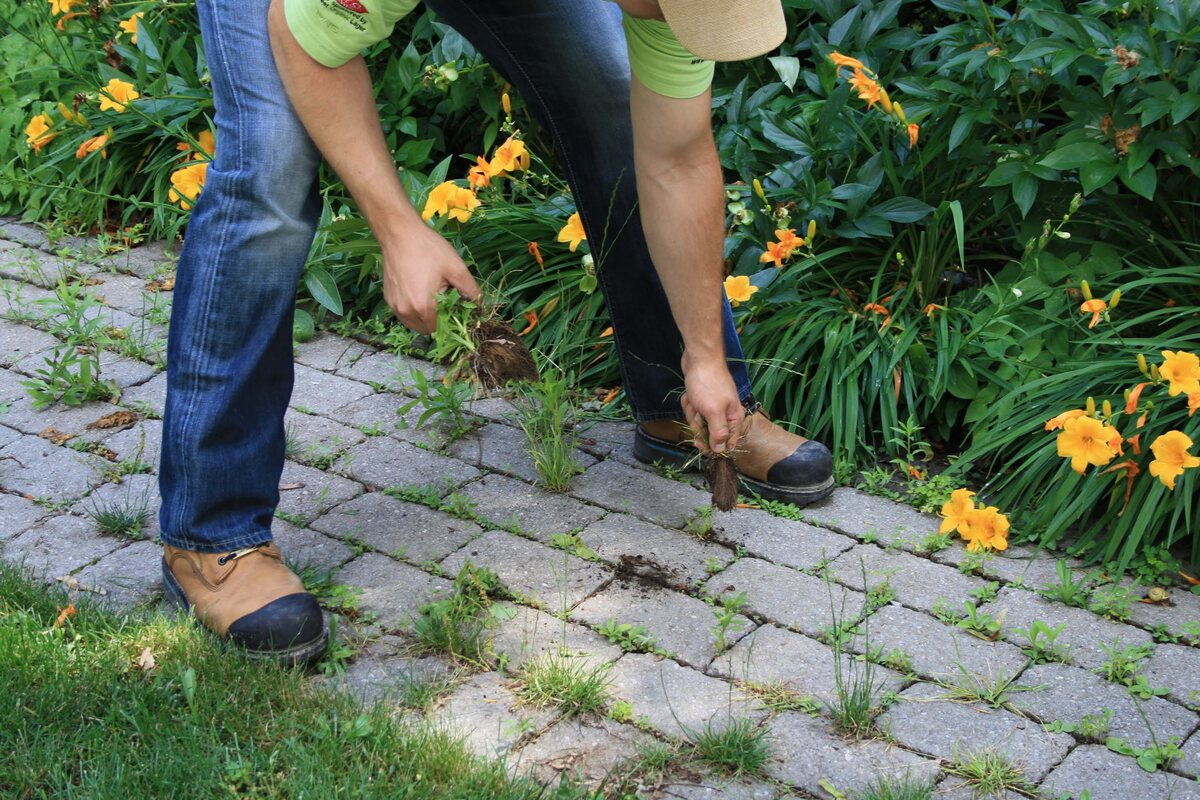
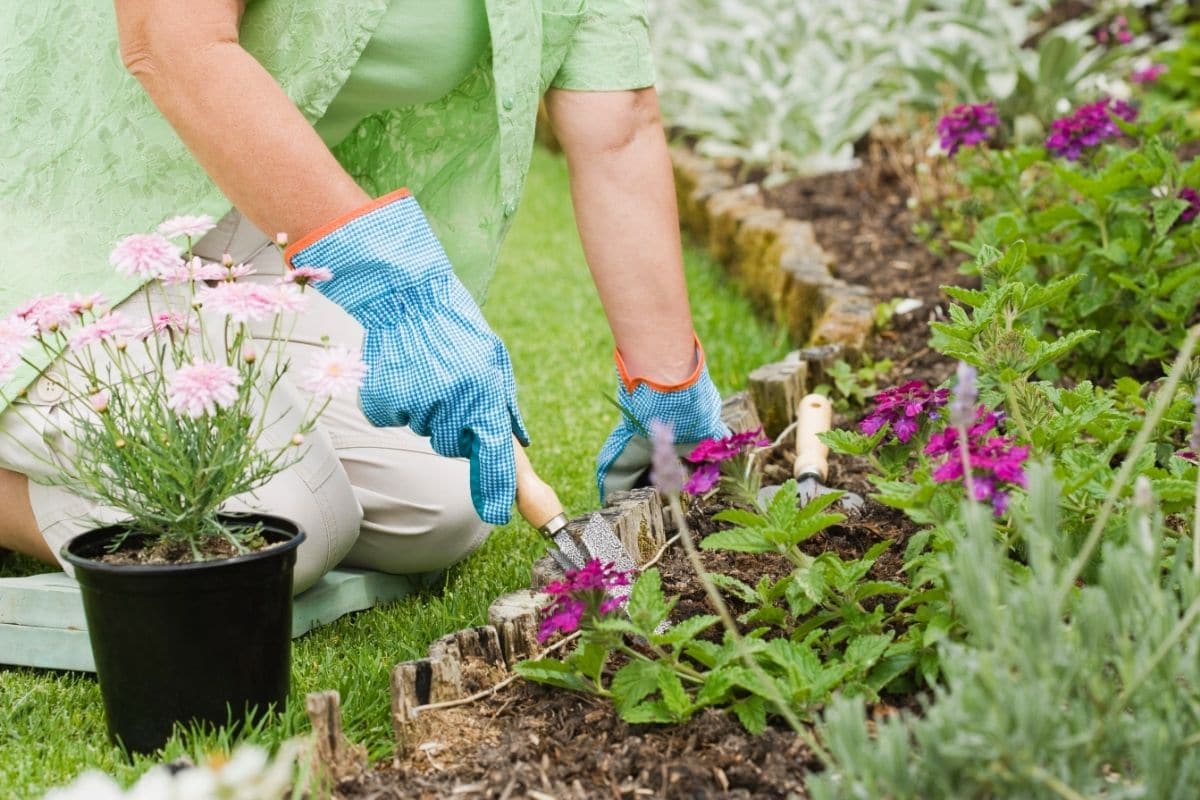
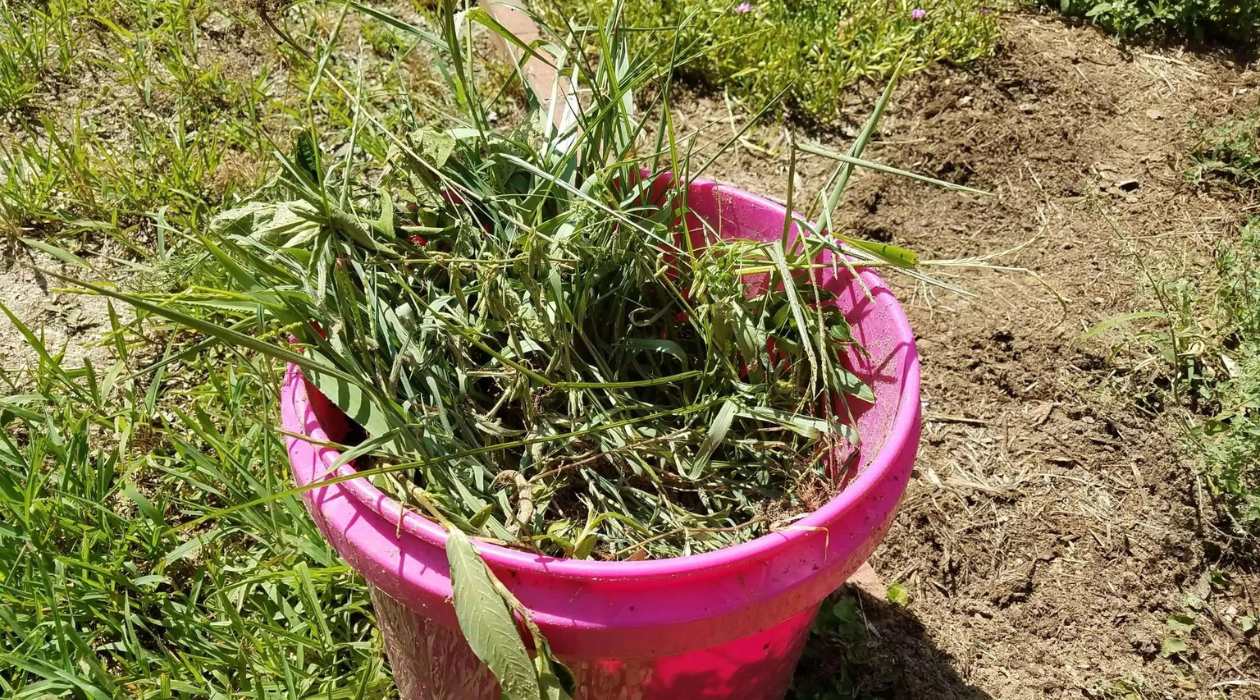

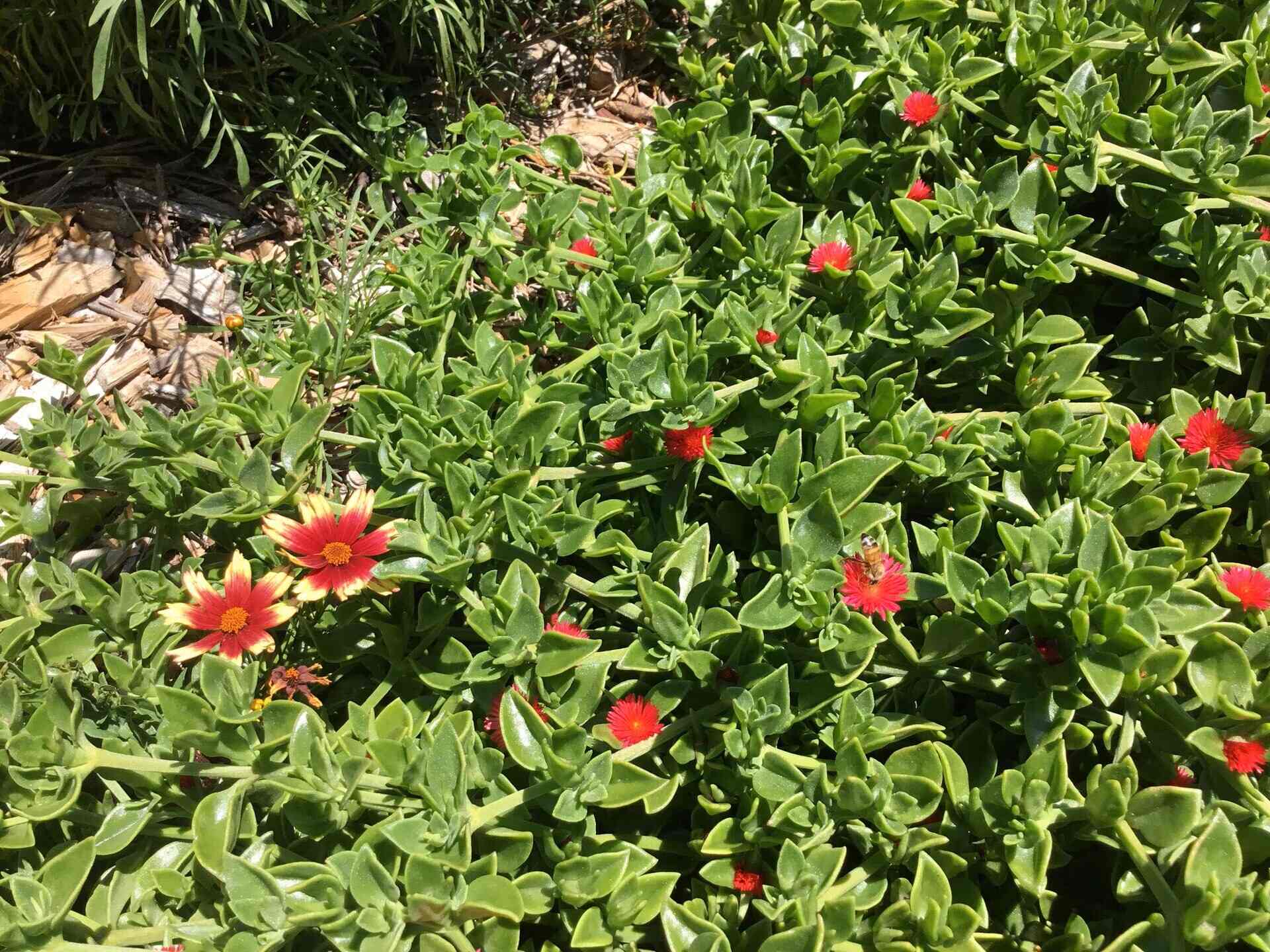
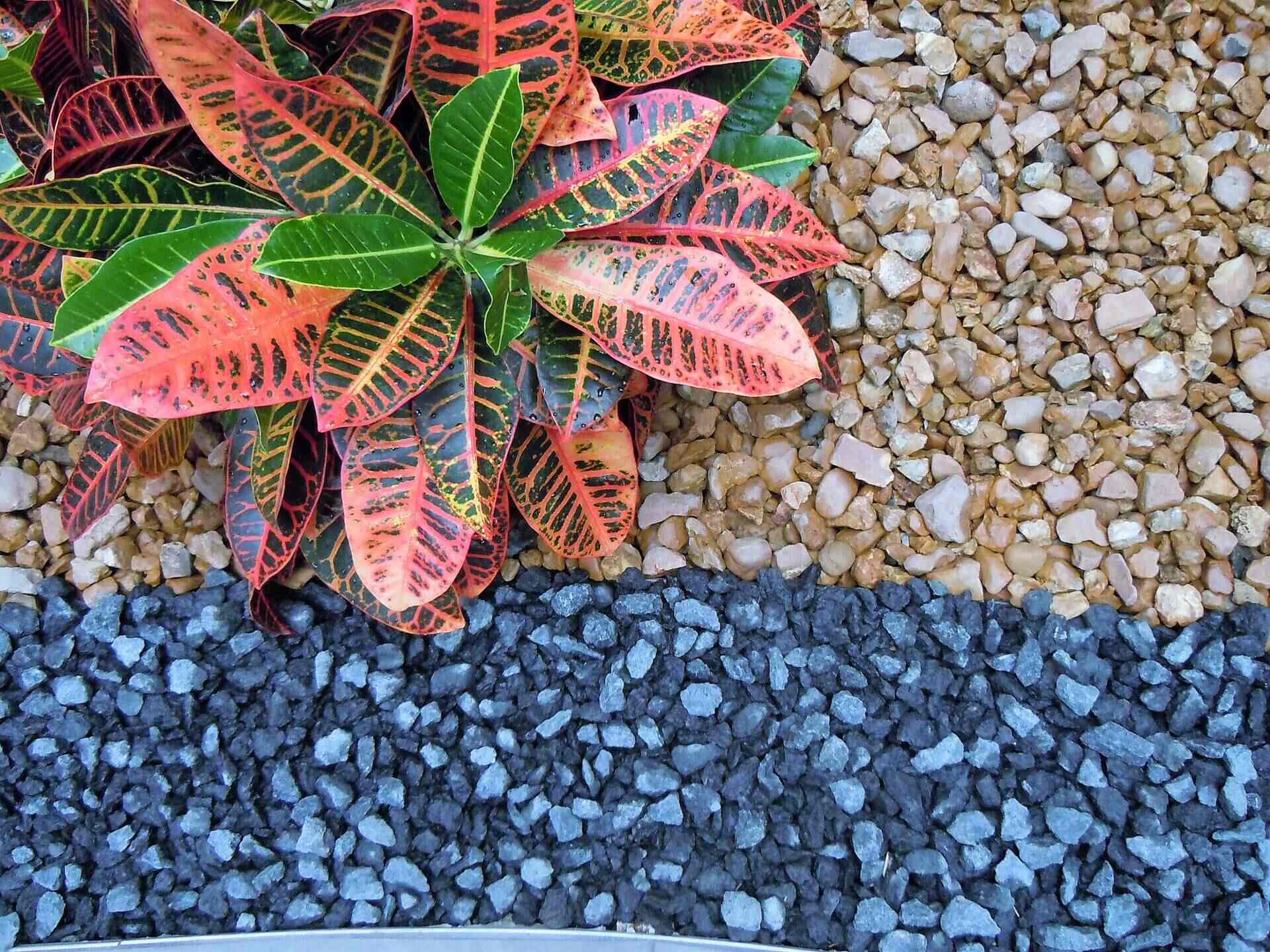

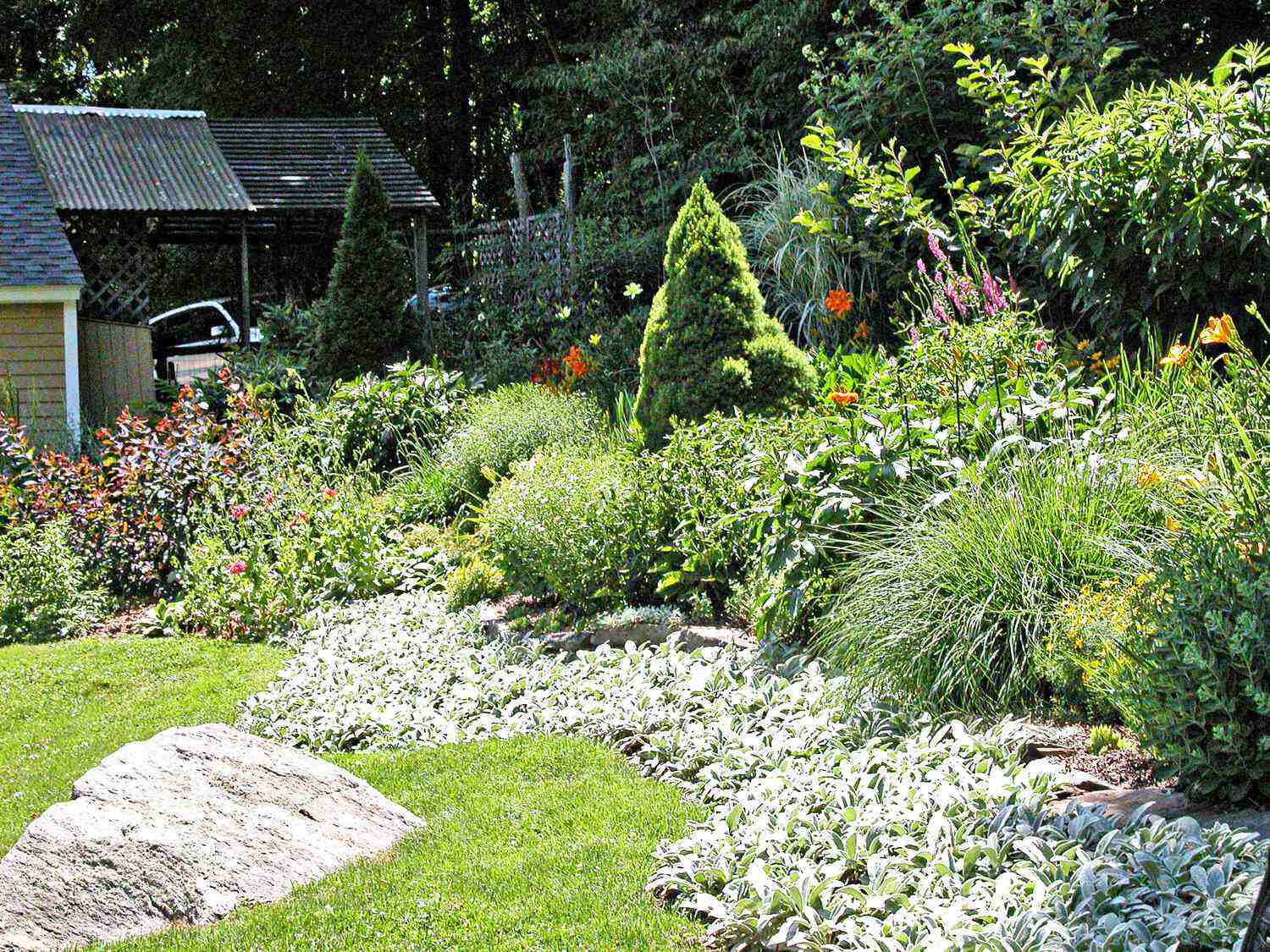
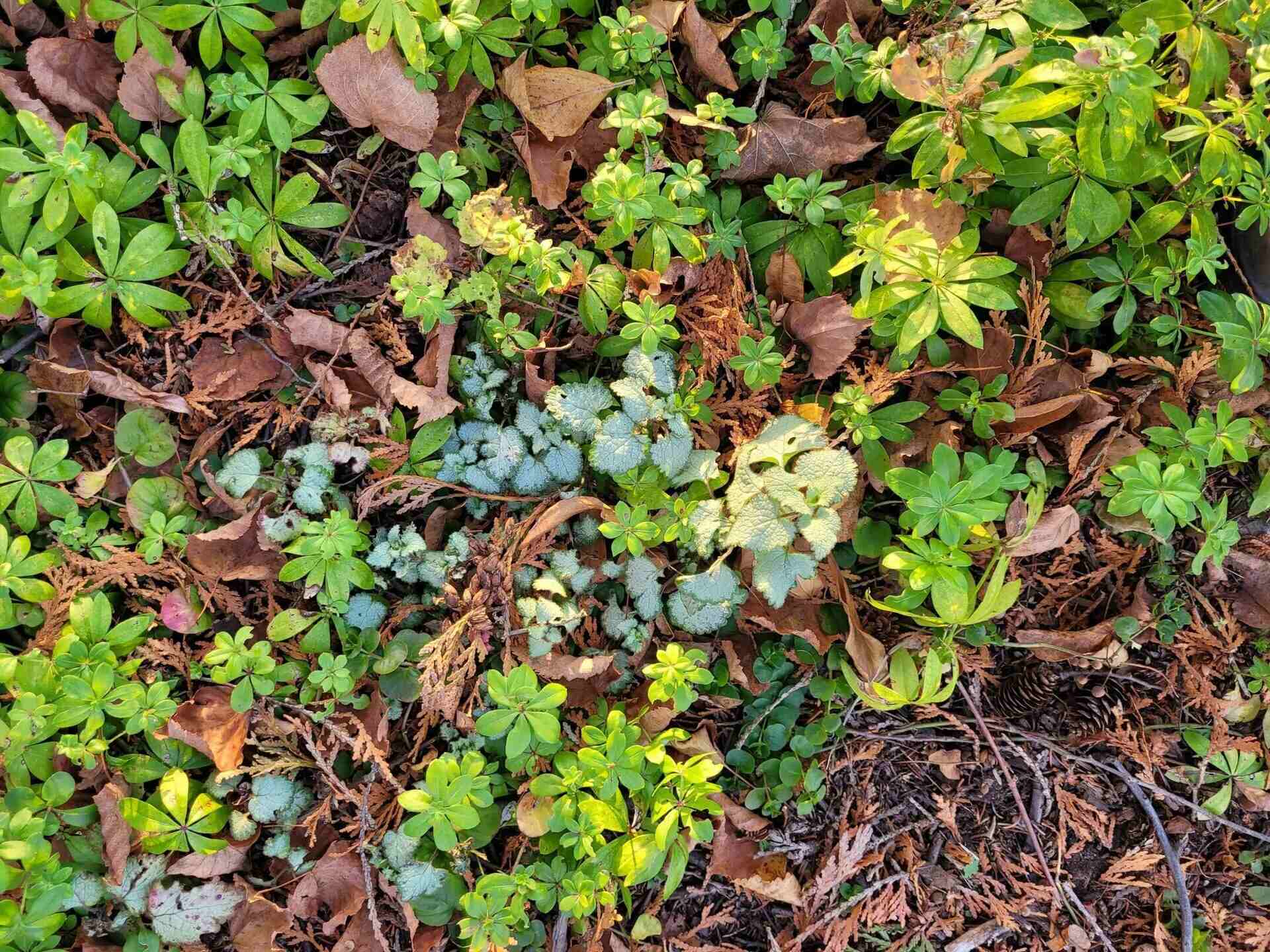
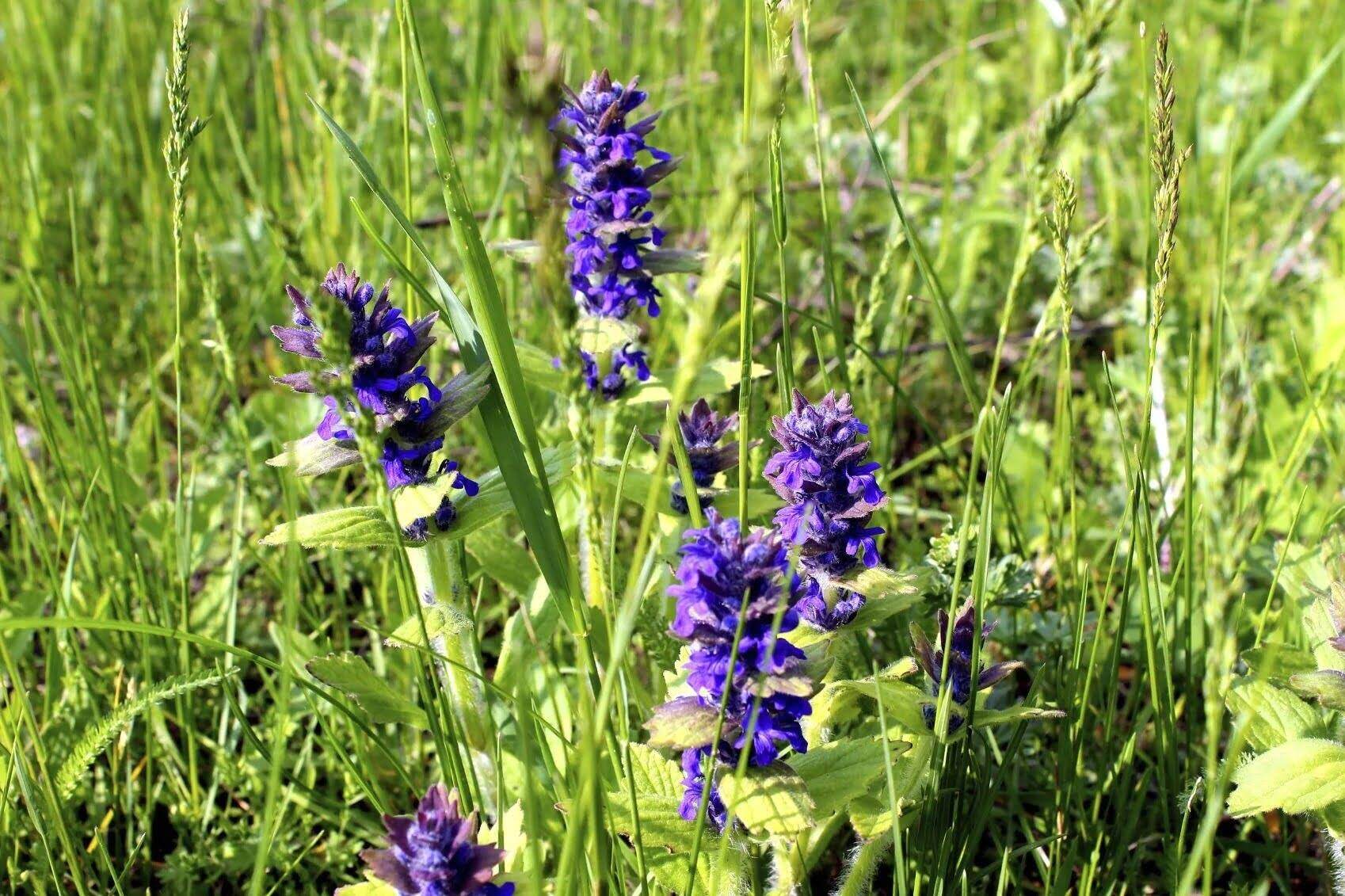
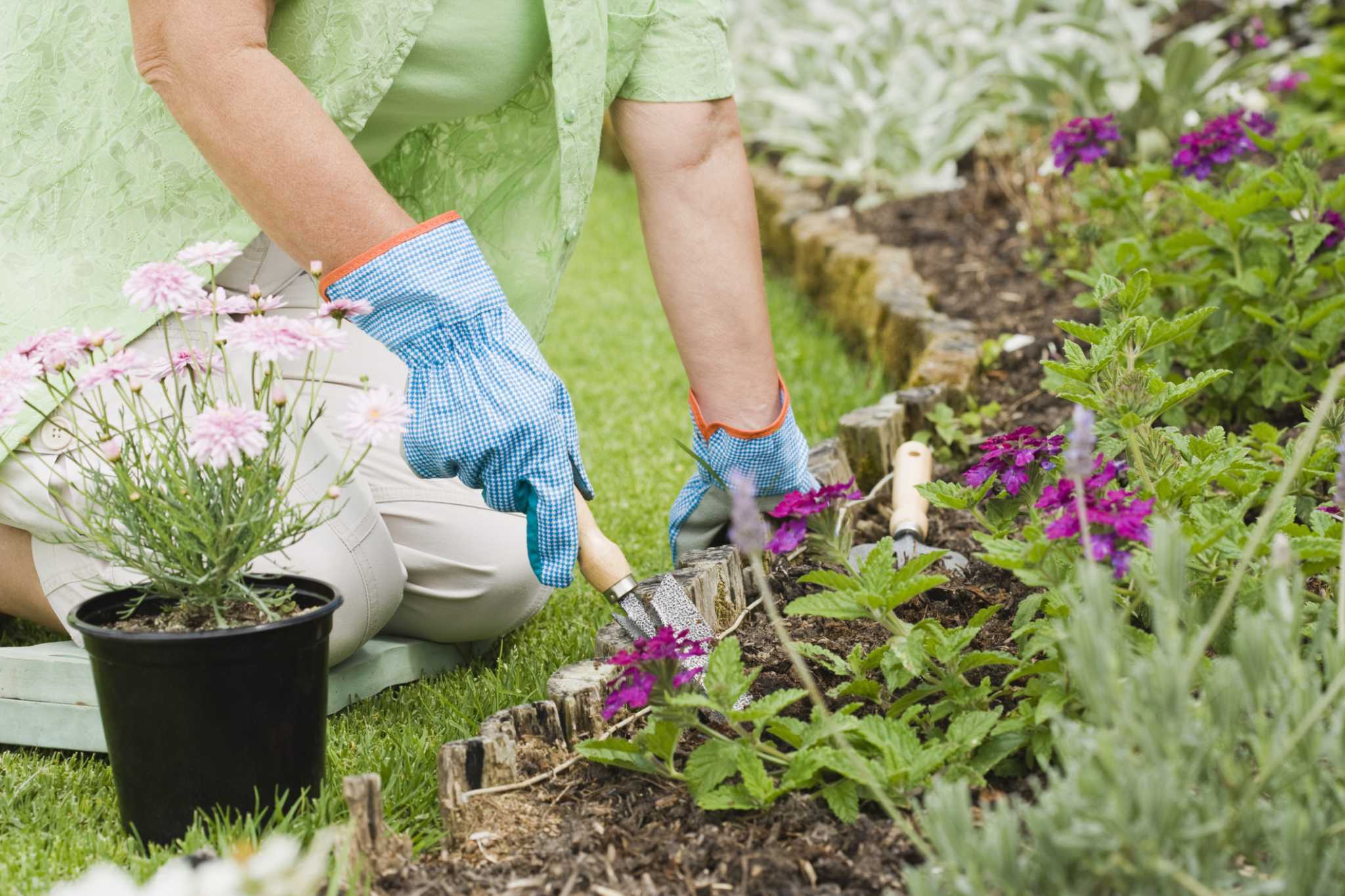
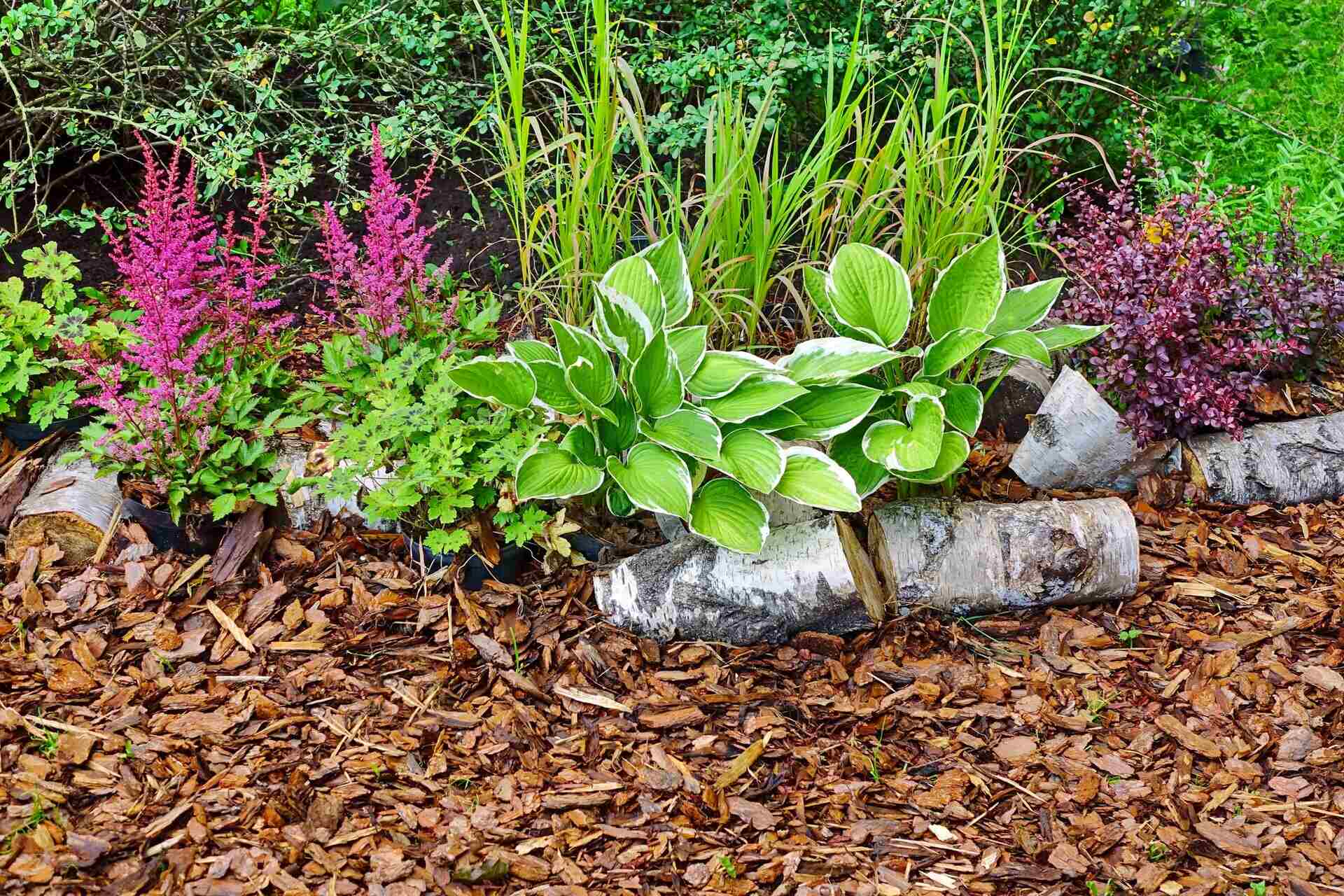


0 thoughts on “How Do I Keep The Weeds Out Of My Ground Cover”